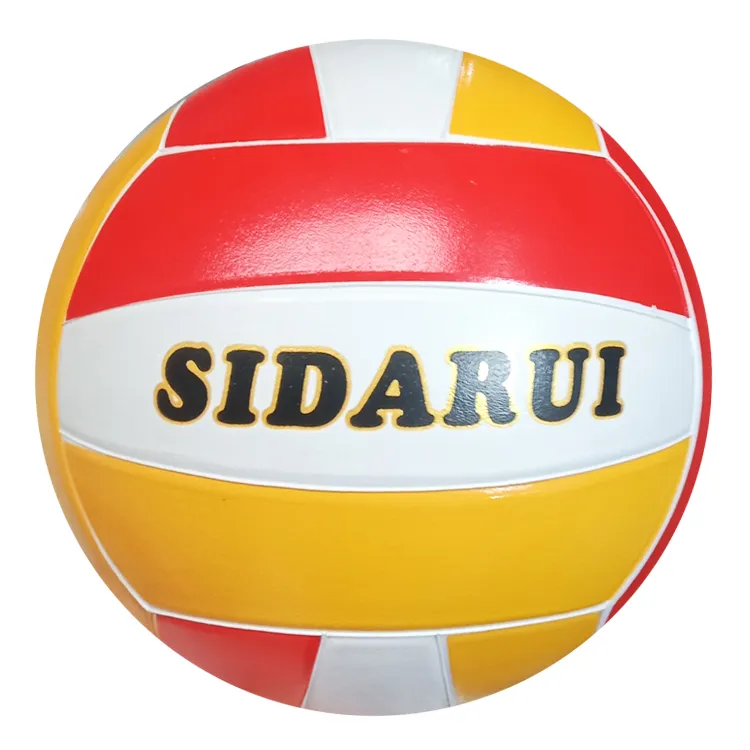Rubber footballs, often overlooked in favor of their leather or synthetic counterparts, have gradually carved a niche for themselves in the sports industry. This comprehensive exploration provides valuable insights into the performance, durability, and practicality of rubber footballs, drawing from personal experiences and professional evaluations.

From the perspective of performance, rubber footballs offer an intriguing alternative for casual play and training. Coaches and players frequently laud the remarkable grip and control that rubber footballs provide, particularly in wet conditions where traditional leather balls may falter. Their predictability and consistency in bounce make them an excellent choice for beginners who are still developing ball-handling skills. This consistency aids in building foundational techniques without the unpredictability associated with other materials.
Durability is a hallmark of rubber footballs. Unlike leather balls, which require meticulous care to prevent cracking and water damage, rubber balls withstand harsh environments. From rainy backyard scrimmages to rugged playgrounds, rubber footballs endure with minimal wear and tear. Their resilience is particularly valued in community programs and schools where maintenance resources are limited, making them a cost-effective choice over time.

When it comes to affordability, rubber footballs are unparalleled. Schools and recreational leagues often operate under tight budgets, and rubber footballs provide an economical option without compromising on usability. This affordability democratizes access to sports, encouraging more participation and inclusivity in football programs worldwide. Personal accounts from athletic directors and youth coaches underscore the positive impact rubber footballs have had in growing football participation in economically challenged areas.
From an expert standpoint, the design and material improvements in rubber footballs have continually evolved. Advanced manufacturing techniques have addressed earlier critiques regarding weight and surface feel. Today’s rubber footballs feature enhanced textures and balanced weight distributions, making them feel closer to premium alternatives. According to material scientists and sports equipment specialists, these innovations reflect broader trends in material science aiming to optimize performance in sports products.
are rubber footballs good
The environmental implications of rubber footballs also merit consideration. Historically, the production of football materials has sparked debates regarding sustainability. However, many manufacturers have now committed to using recycled rubber materials, minimizing environmental impact and promoting sustainable practices. These efforts resonate with eco-conscious consumers and organizations striving to reduce their carbon footprint. Expert testimonials from environmental analysts highlight the ongoing efforts of the sports industry to prioritize eco-friendly materials without sacrificing quality.
Despite these strengths, some purists argue that rubber footballs might lack the prestige and authenticity of leather footballs, particularly in professional settings. However, the argument often centers more on tradition than on measurable differences in playability or performance for non-elite levels. As noted by sports historians and football strategists, the trajectory of football equipment has always balanced between tradition and innovation, suggesting that rubber footballs' growing acceptance is a natural progression in the sport's evolution.
Ensuring trustworthiness and authenticity of rubber footballs demands transparency from manufacturers regarding material sourcing and quality standards. Certifications and compliance with sports safety organizations bolster consumer confidence. Institutions like the International Football Association Board (IFAB) and other governing bodies play crucial roles in setting these standards, providing assurances that rubber footballs meet rigorous safety and performance benchmarks before reaching the market.
In conclusion, rubber footballs stand as a testament to innovation in sports equipment, offering a compelling product class that blends practicality, durability, and affordability. While they may not replace the traditional leather balls in professional arenas, their contributions to grassroots football and community sports are undeniable. With continued advancements in design and production, accompanied by a commitment to sustainability and quality assurance, rubber footballs are well-positioned to keep rolling onto fields worldwide.













